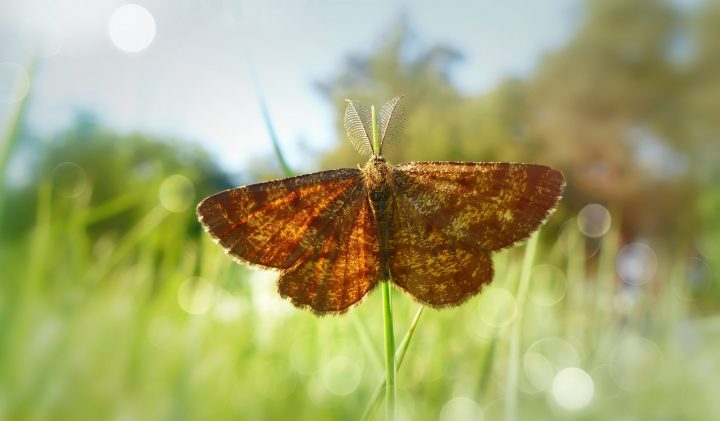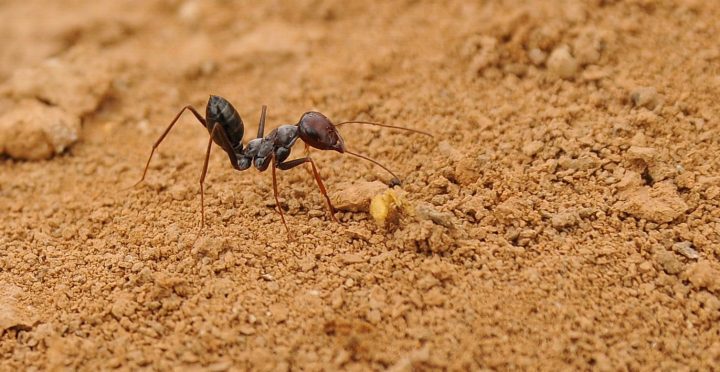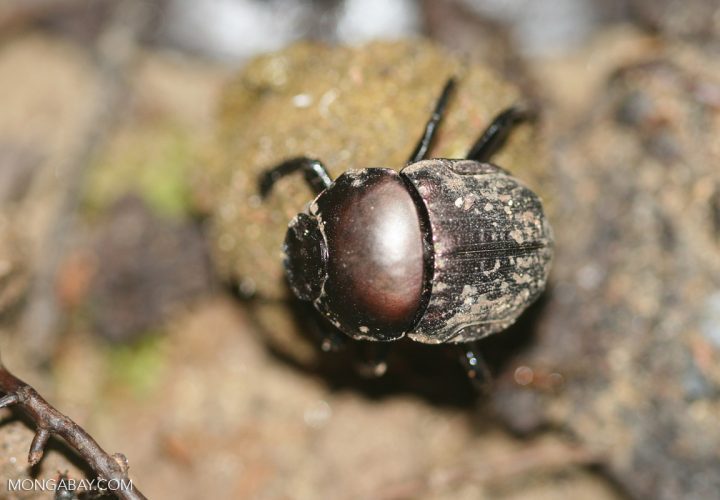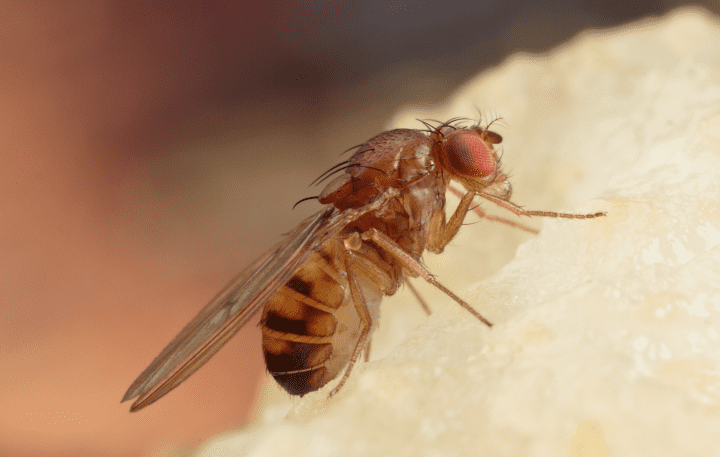Pathogenic bacteria in chronic wounds communicate using signaling molecules.
“‘Bacteria, often viewed as simplistic creatures, are in fact very
sociable units of life,’ said Alex Rickard, assistant professor of
biological sciences [at Binghamton University]. ‘They can physically and chemically interact with
one another and are quite selective about who they hang out with. How
bacteria might communicate in chronic wounds, however, was somewhat of a
mystery.’
“Working with researchers and physicians at the Center for Biofilm
Engineering at Montana State University and the Southwest Regional Wound
Care Center in Lubbock, Texas, Rickard and a team of undergraduates
were able to identify specific types of chronic wound bacteria and to
test their ability to produce cell-cell signaling molecules.
“…close to
70 percent of…chronic wound strains produce a specific type of
communication molecule – autoinducer-2 (AI-2). A smaller percentage –
around 20 percent – produce a different type of communication molecule,
called acyl-homoserine-lactones (AHLs). Scientists already know that
structurally different bacterial cell-cell signaling molecules are able
to mediate cell-cell communication, including AI-2 and AHLs.
“‘Based on our findings, we think that most resident species – the ‘good’ bacteria that live on us and don’t cause disease – produce AI-2,
while the pathogenic species typically produce AHLs,’ said Katelynn
Manton, who was part of the undergraduate team and is now pursuing her
doctorate. ‘And it didn’t seem to matter what kind of chronic wound we
looked at – diabetic ulcers, vascular ulcers or environmentally induced
chronic wounds. They all indicated a presence of possible AHLs or
AI-2s.’…
“According to Rickard and his team, the typically pathogenic bacteria
communicate in one language; the ‘good’ bacteria in another. The big
question now is whether any of them are bilingual and can listen in on
one another’s ‘conversations.’ Being able to interpret – or perhaps even
guide – these cell-cell signals could influence wound development.” (Glover 2010)







